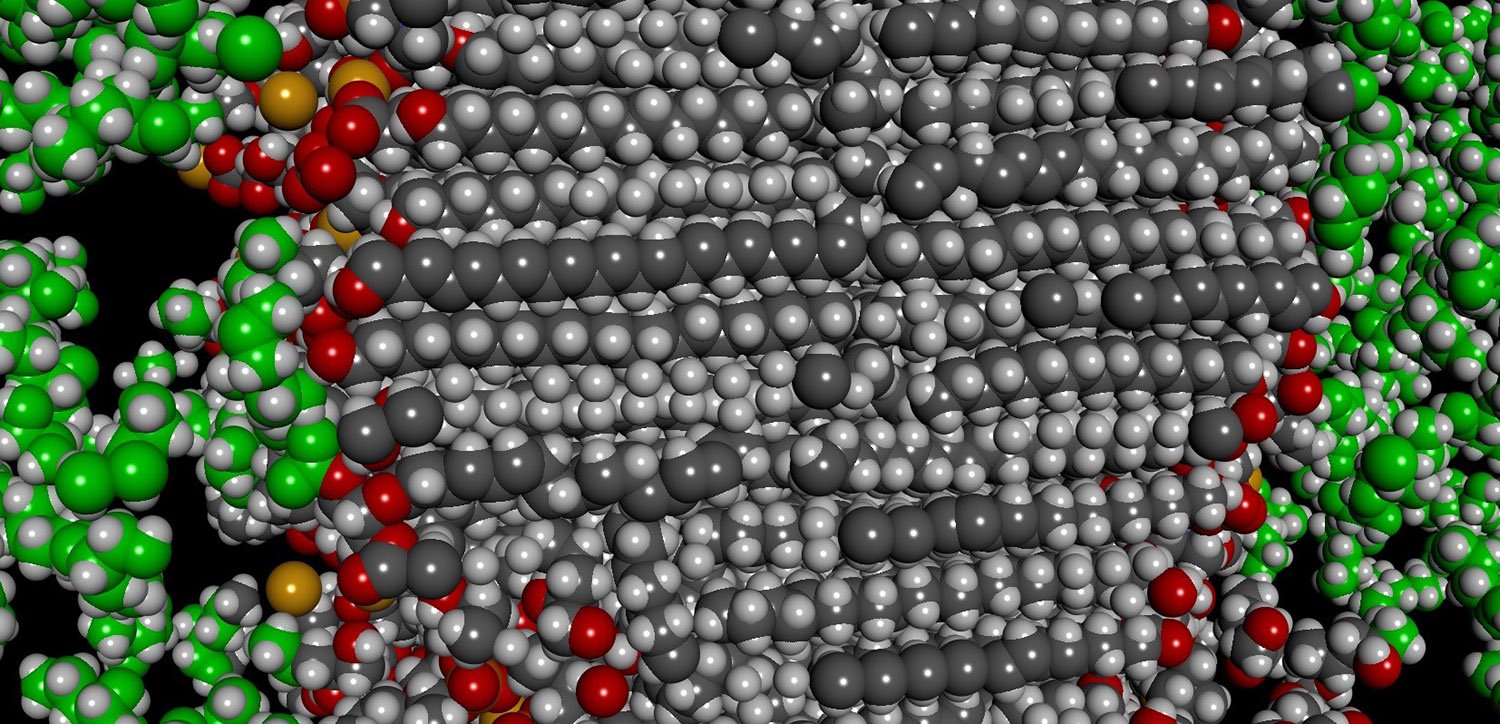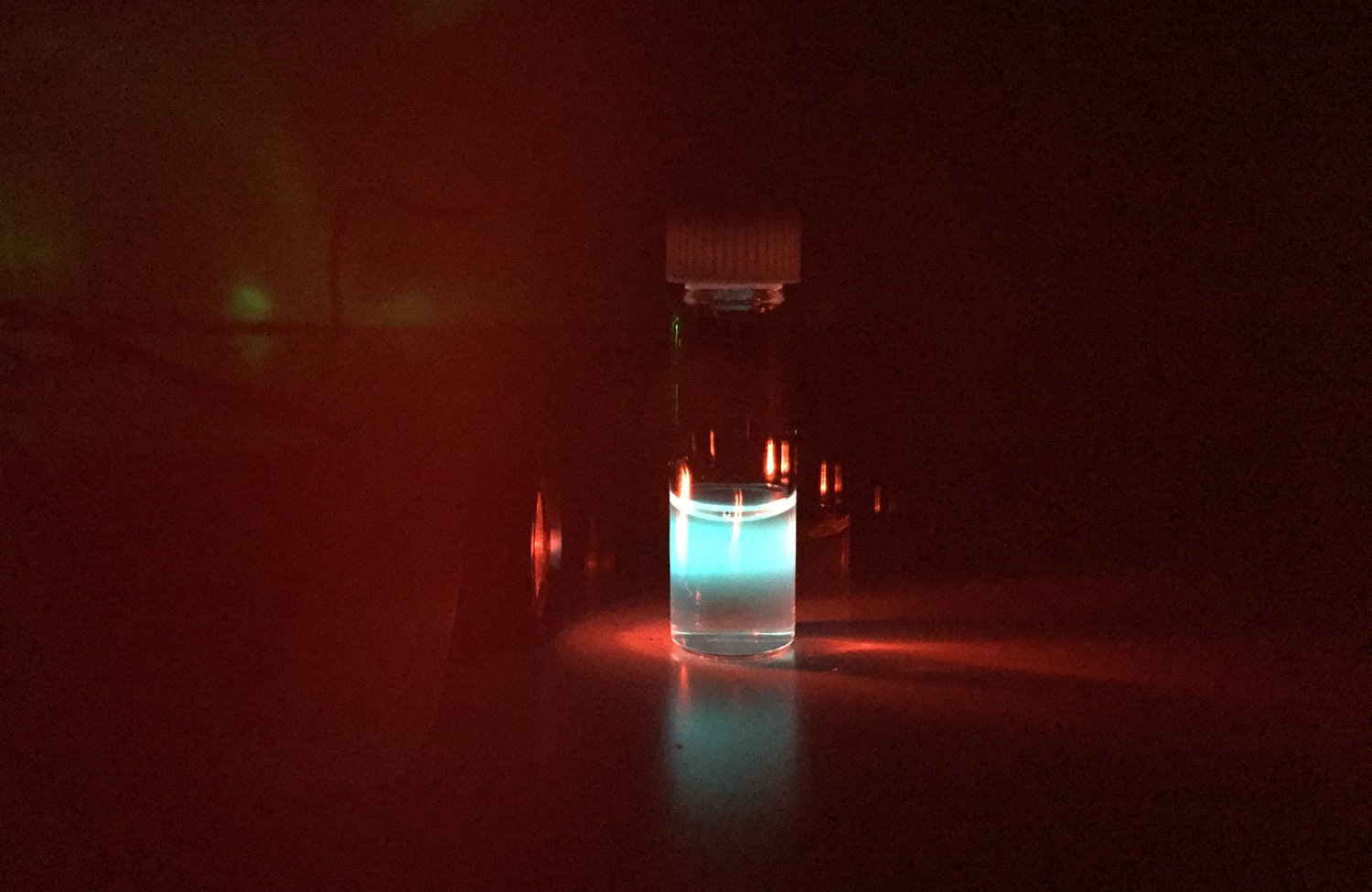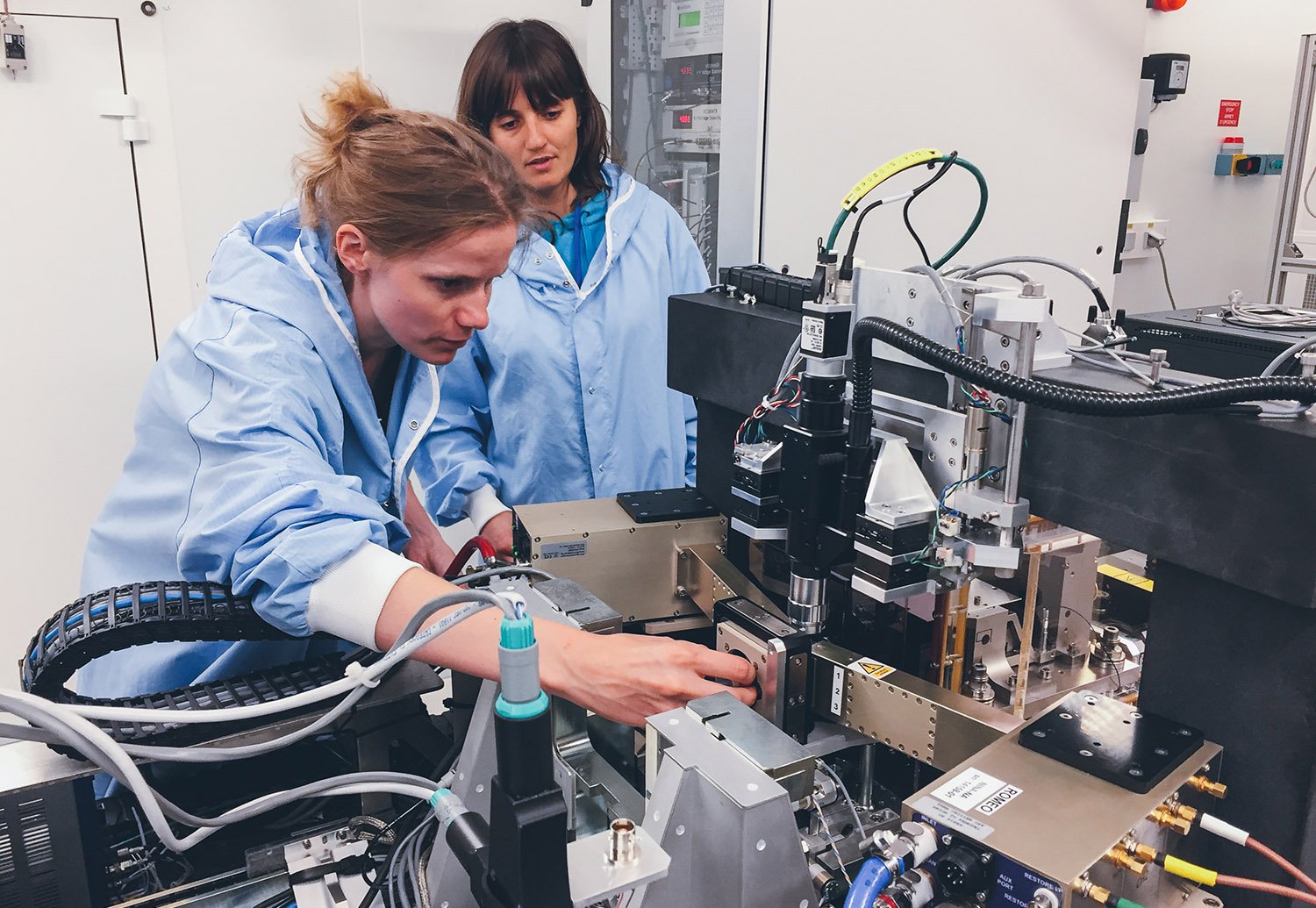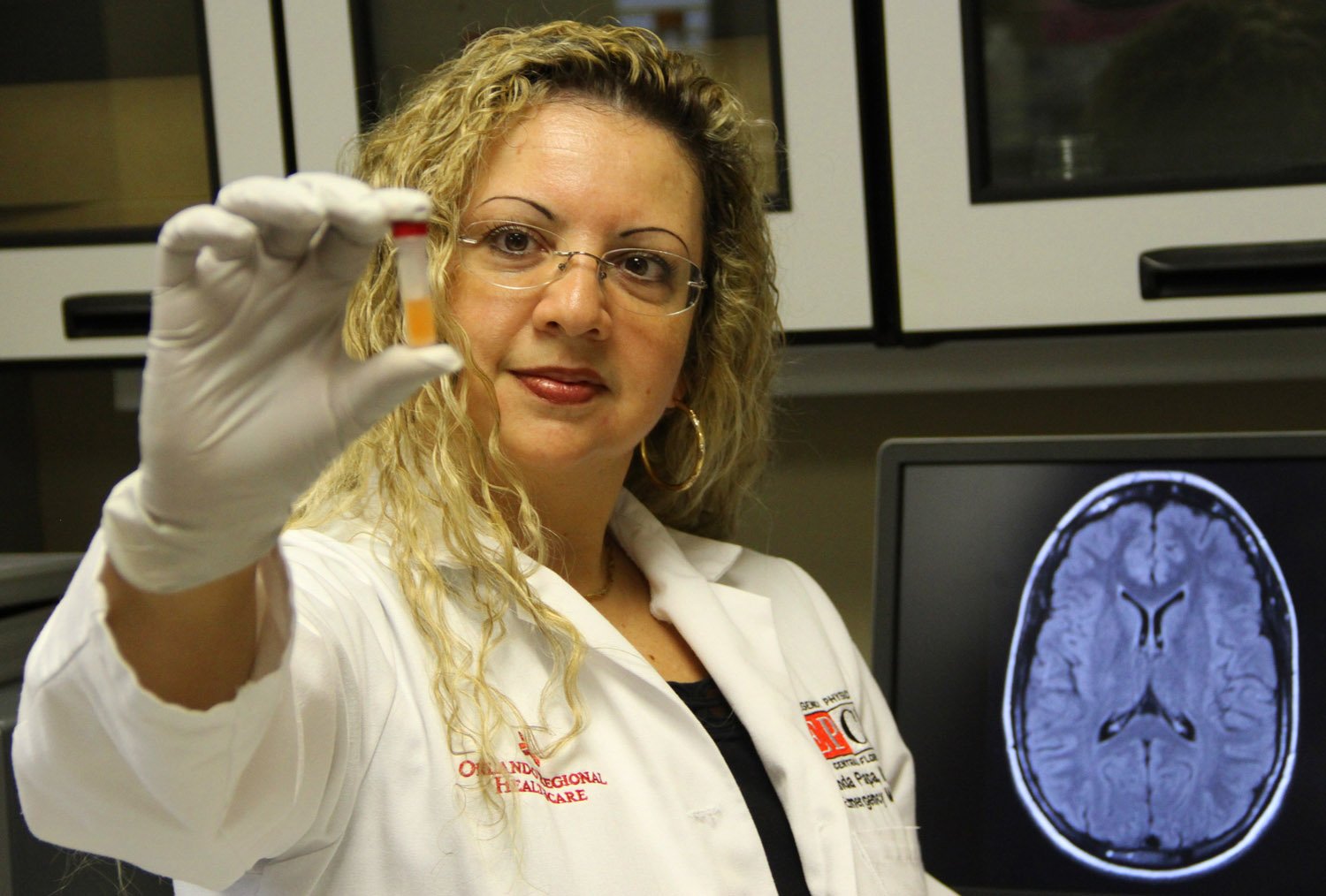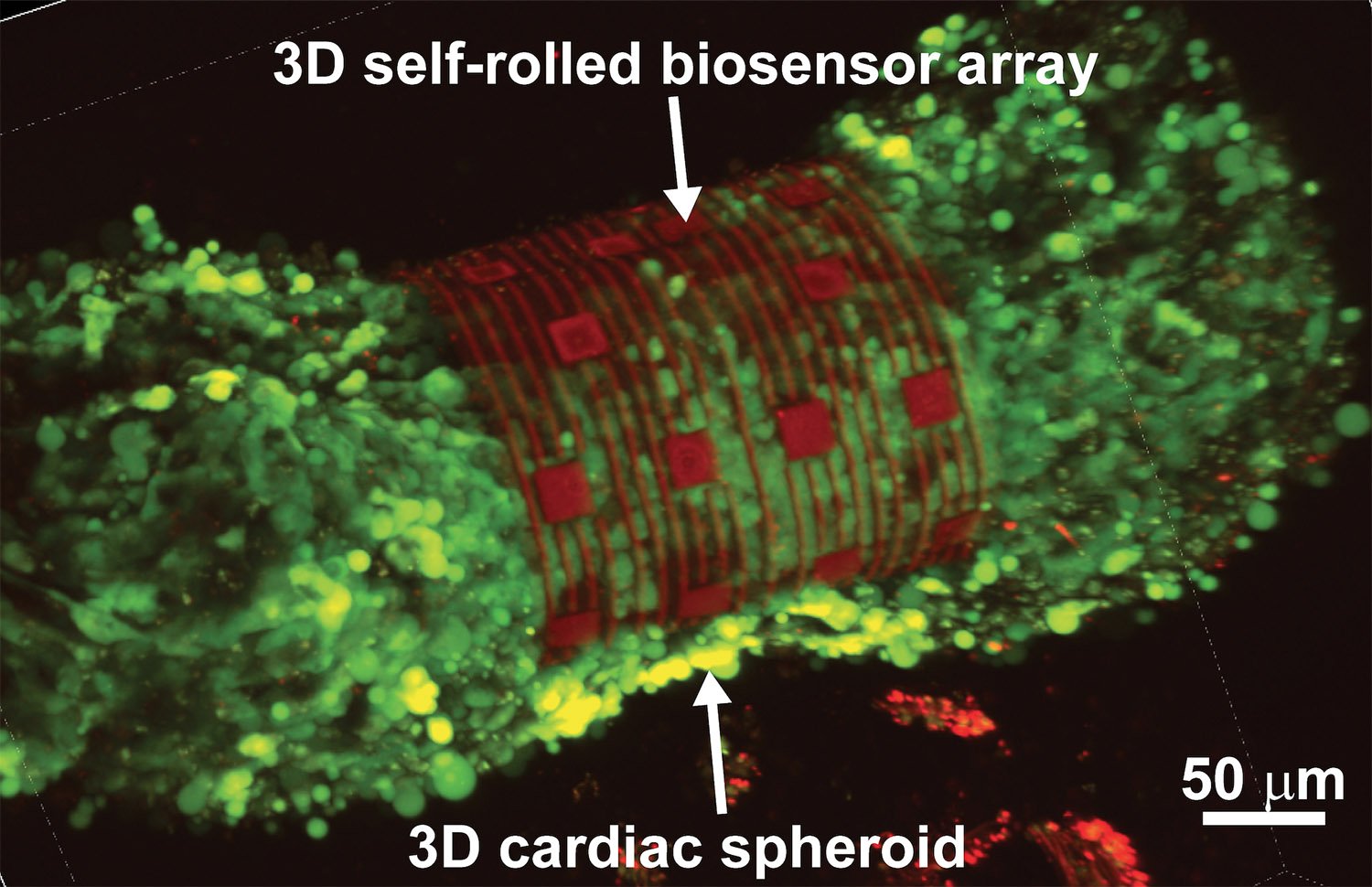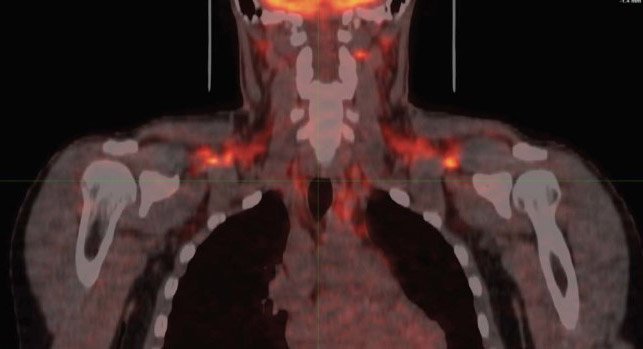Skin creams aren’t what we thought they were
Anyone who has gone through the stress and discomfort of raw, irritated skin knows the relief that comes with slathering on a creamy lotion. Topical creams generally contain a few standard ingredients, but manufacturers know little about how these components interact to influence the performance of the product. Now, researchers report the first direct glimpse … Read more
